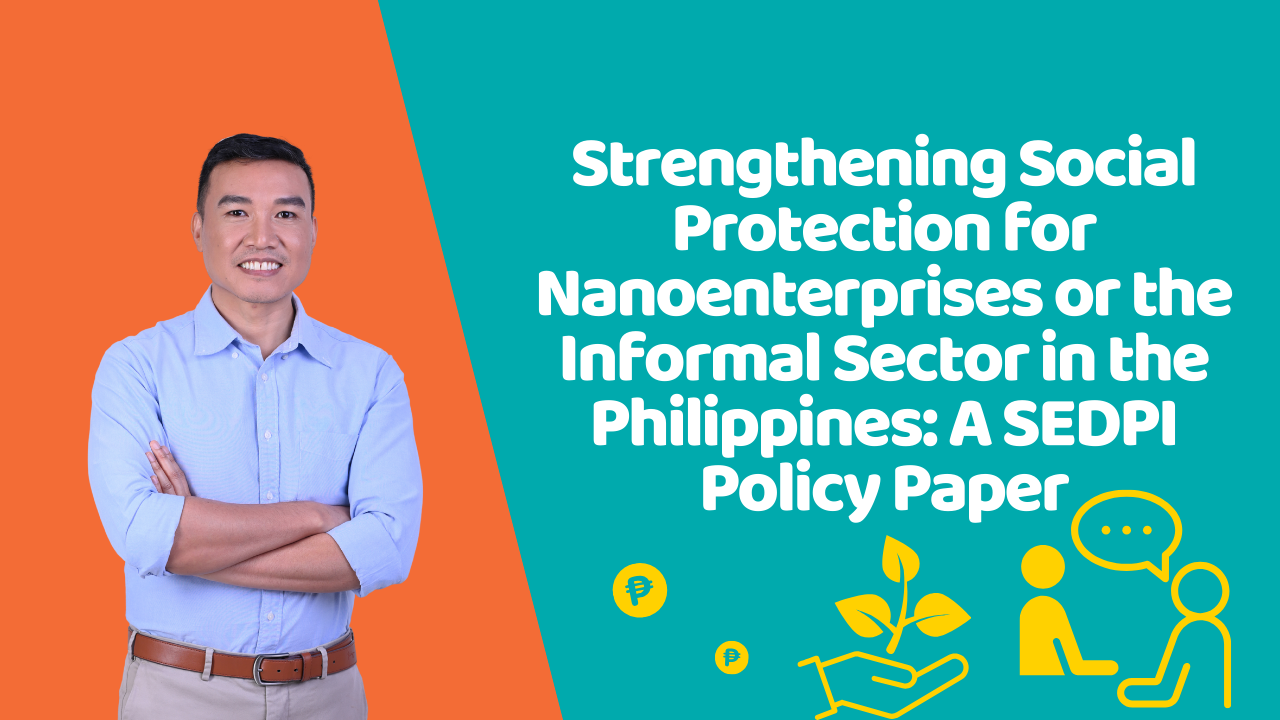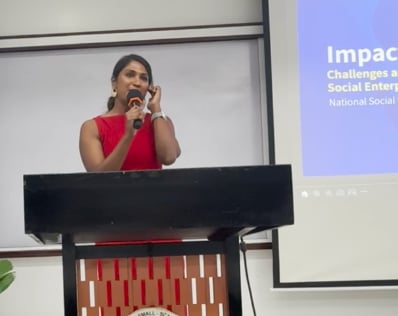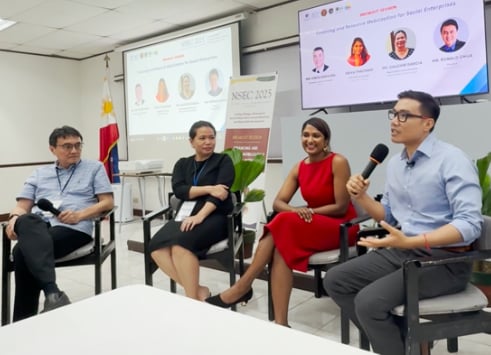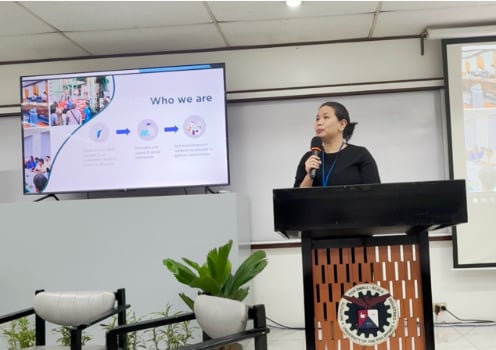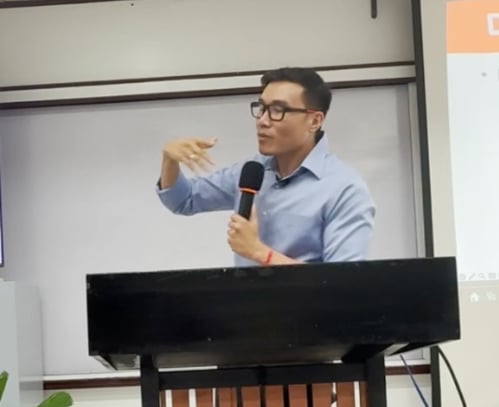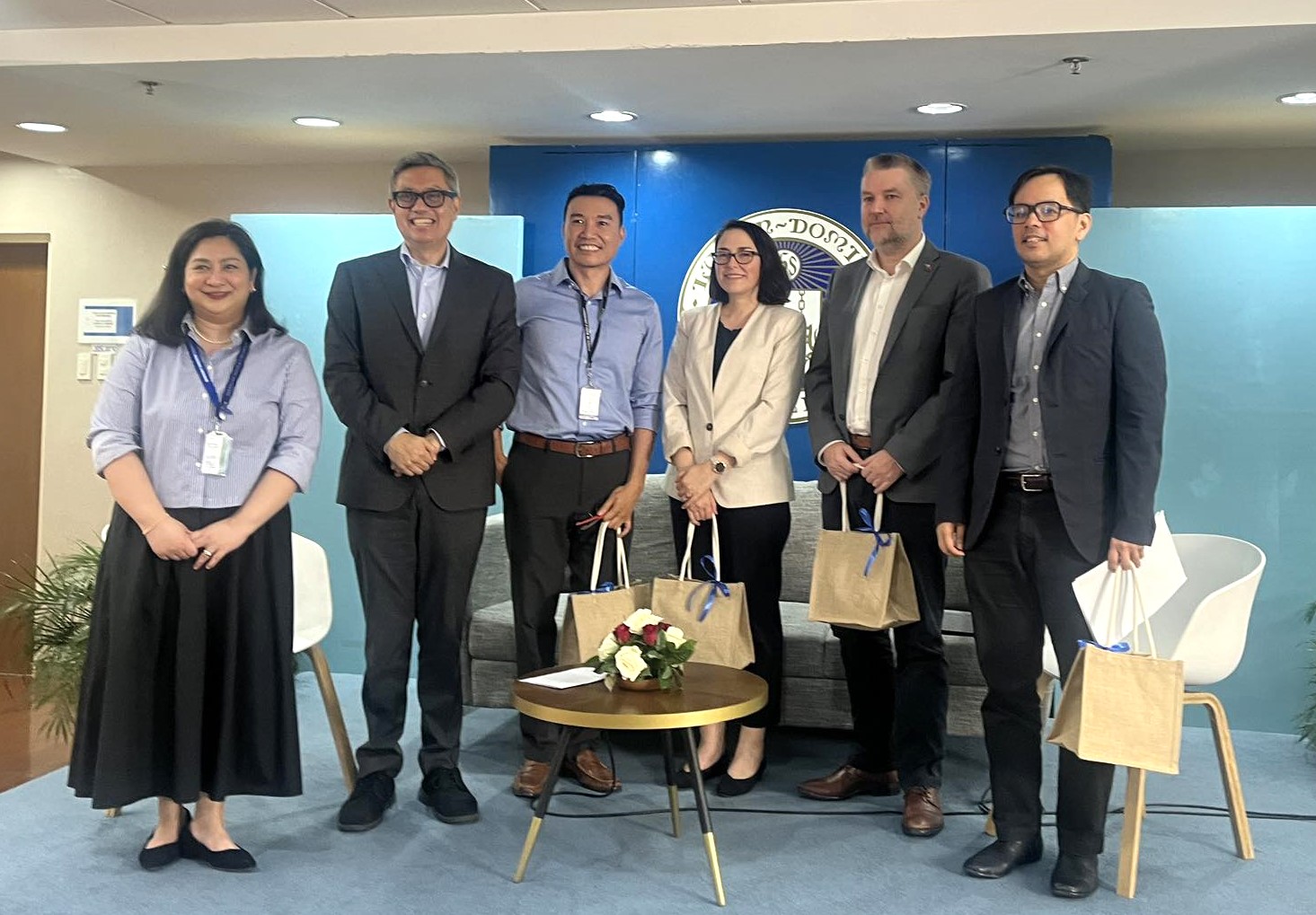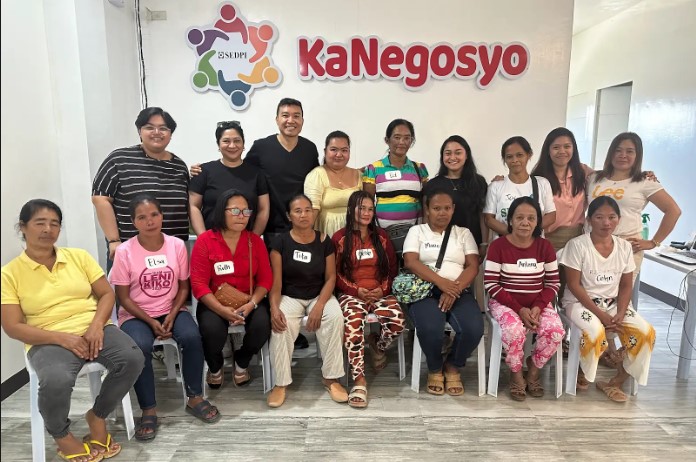Category: Business
-
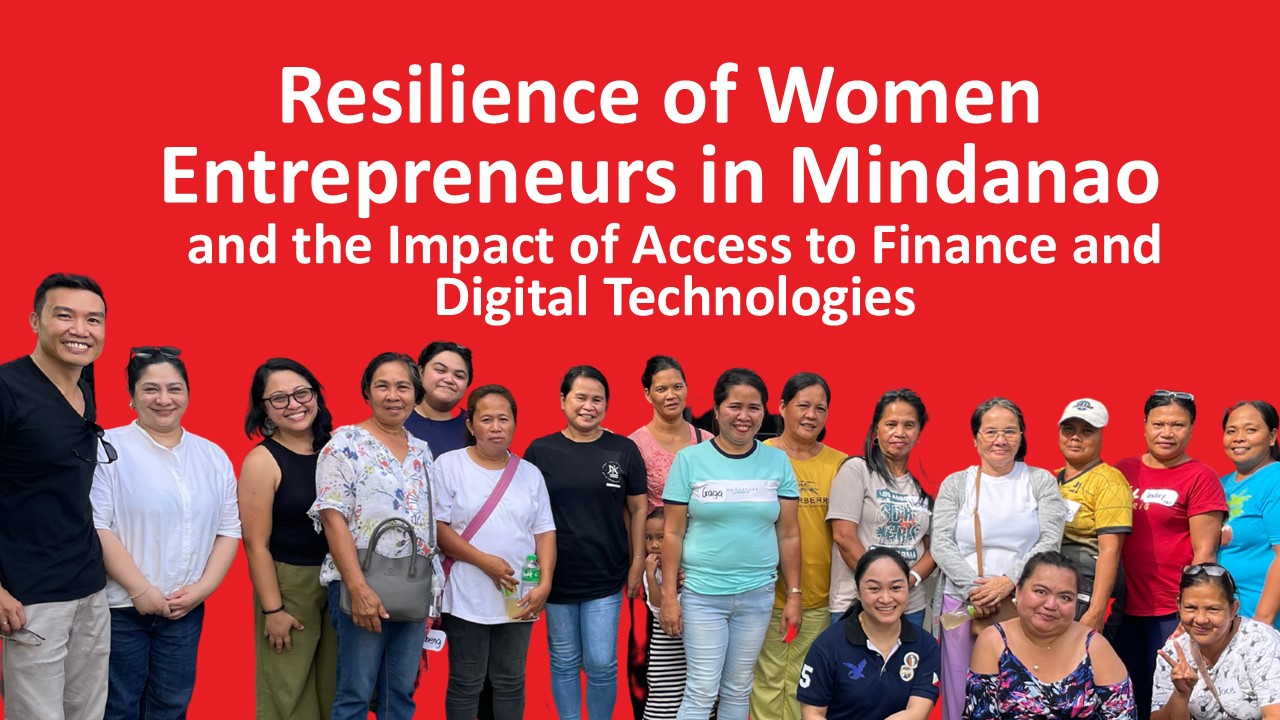
Resilience of Women Entrepreneurs in Mindanao and the Impact of Access to Finance and Digital Technologies – Presentation Transcript
The following is the transcript of the paper presentation delivered by Vince Rapisura, President of the Social Enterprise Development Partnerships, Inc. (SEDPI) and Lecturer at Ateneo de Manila University, during the forum “Women Entrepreneurship and Financial Inclusion.” The event was held at the Ateneo de Manila University on March 20, 2025, and co-organized by the…
-

Delinquency Management
Ateneo de Manila-SEDPI NanoEnterprise Development Program(formerly the Ateneo Microfinance Capacity-Building Program) Course Objectives: Course Description: This course equips microfinance practitioners with essential tools and strategies to manage loan delinquency effectively. Participants will explore causes, costs, and borrower perspectives on repayment, learn key metrics like portfolio at risk, and apply loan classification and collection techniques. Gain actionable…

